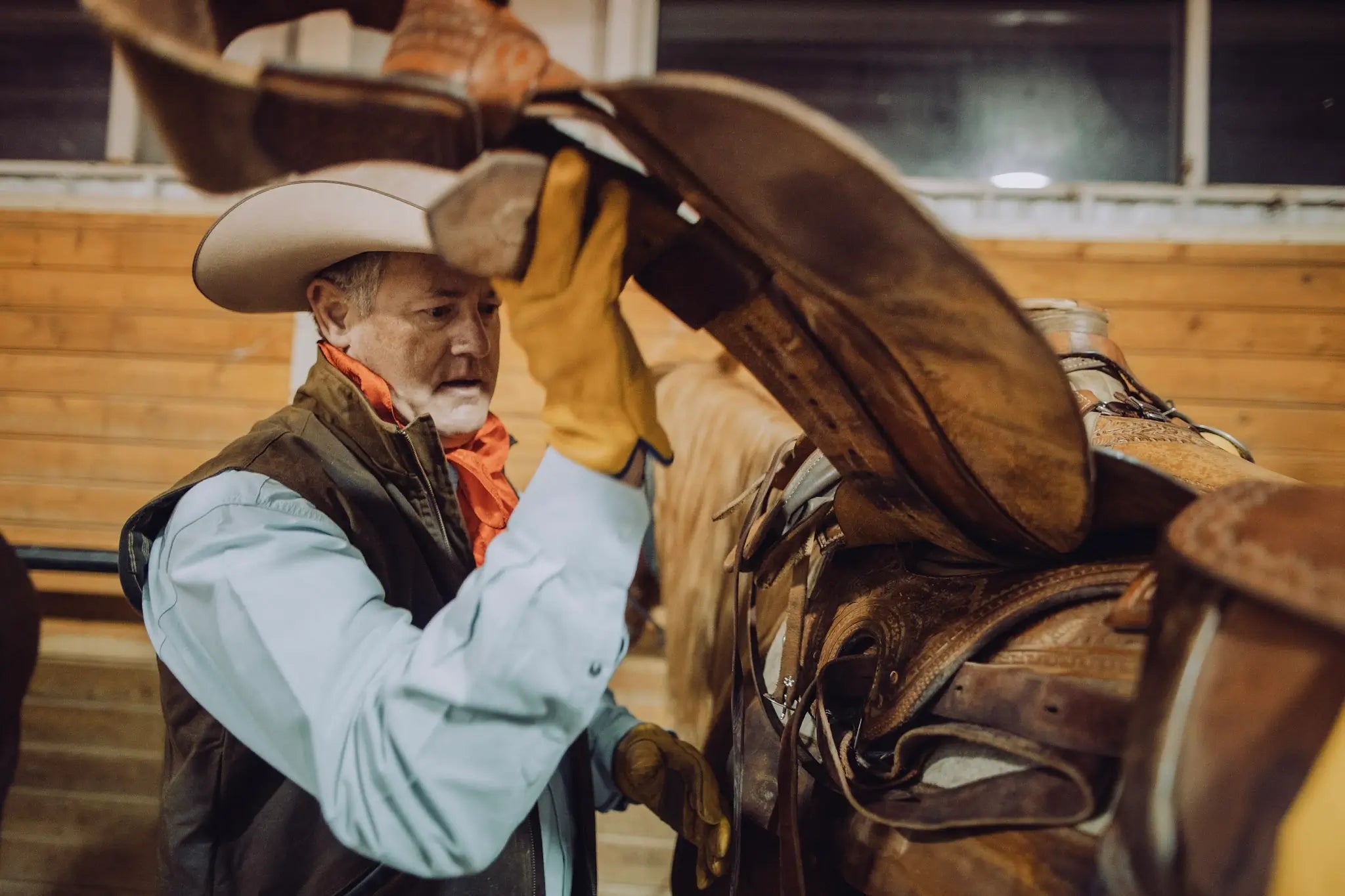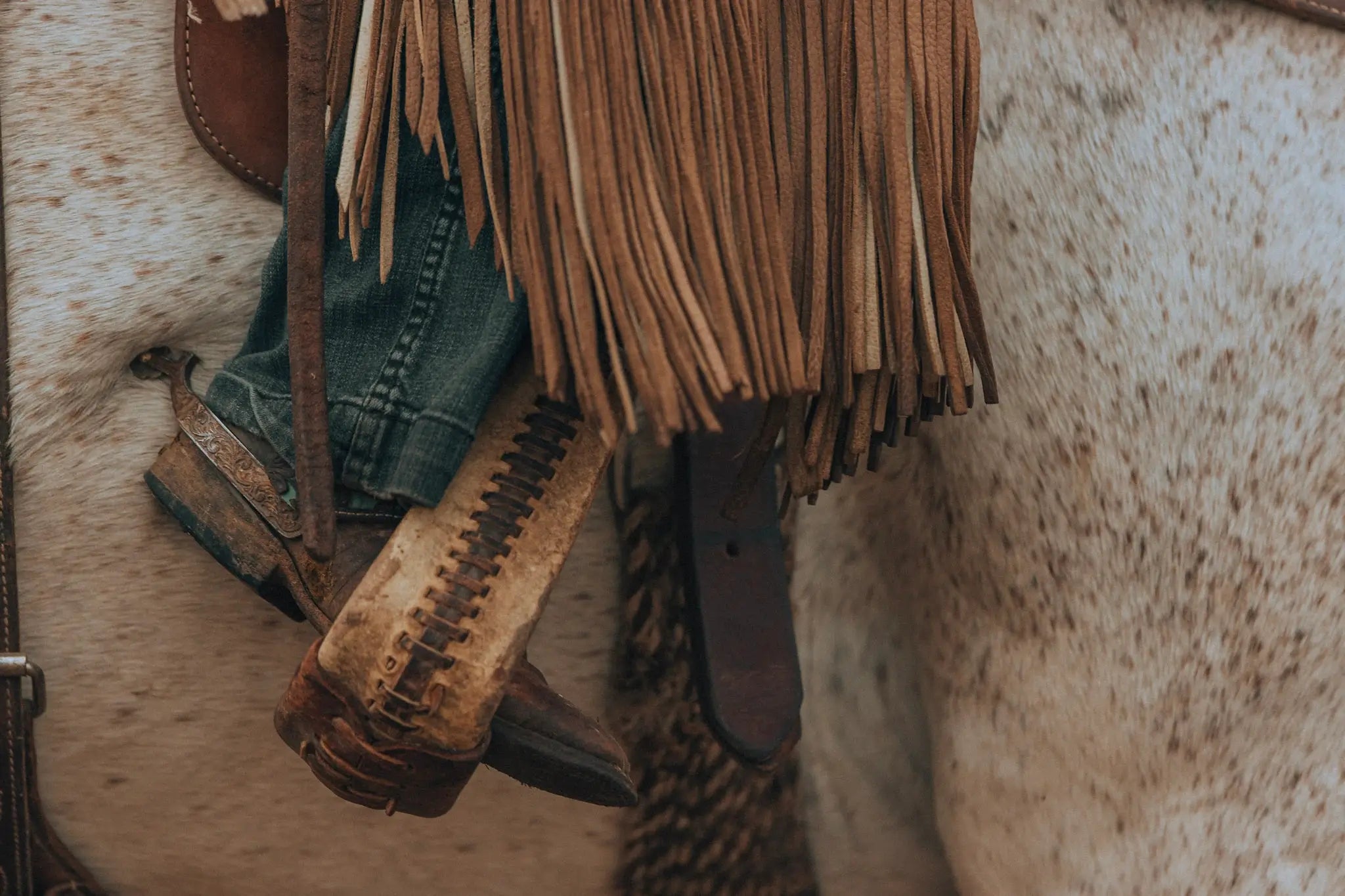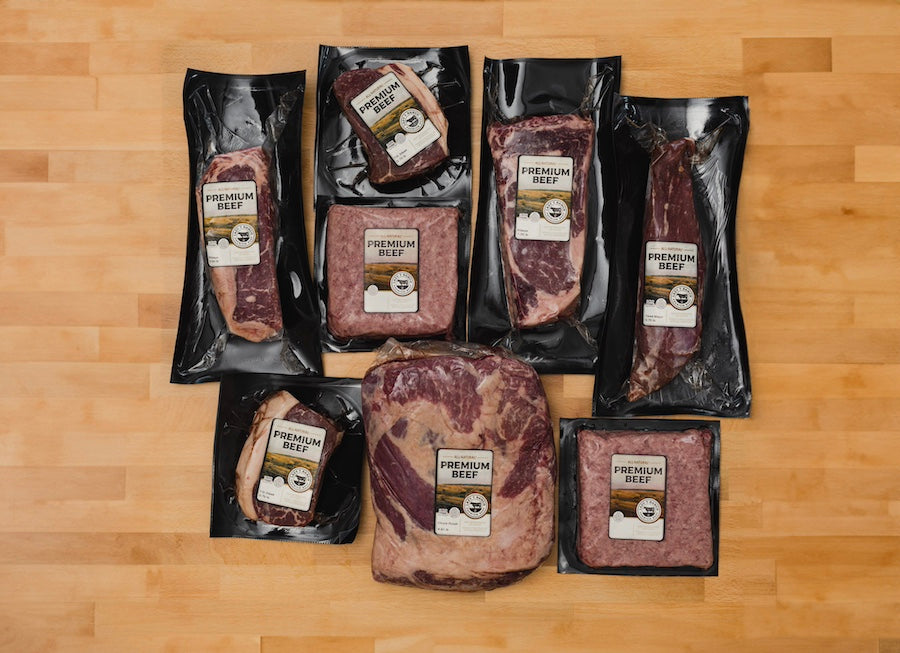
Life on the Ranch: What It Means to Be a Cowboy in Today’s World
The Modern Cowboy: Balancing Tradition and Innovation at Lazy T Ranch
Few things are more American than a cowboy. Although originating from Mexican vaqueros, the cowboy has become a symbol of the American West and, what some people might argue, national ideals.
If you came to this article expecting a clear definition of what it means to be a cowboy in today’s world, we might disappoint you. The word cowboy holds personal weight. Every cowpoke has a nuanced definition of the title ranging from cattle husbandry and land stewardship to the cowboy’s strict code of conduct.
Many cattlemen refuse to call themselves cowboys, believing the title is either too sacred to give oneself or must be earned.
(A quick note: The terms cattlemen, cowboys, husbandry, etc. are inclusive of men and women and considered standard in Ag industries. Not only do many female ranchers prefer the title cowboy over cowgirl, but a large population of women consider themselves “cowboygirls” or “girls who cowboy.” Again, the word carries infinite nuances based on region, preference, and personal experience.)
We believe the best way to cover this subjective topic is to share our thoughts on being a cowboy. We will also talk about life at Lazy T Ranch, our unique blend of tradition and modernity, and how we maintain Western values while embracing contemporary ranching practices.
What are a modern Western cowboy's daily routines and responsibilities at Lazy T Ranch?
Ranching offers a cyclical pattern; its workload changes depending on the season. During winter, our cowboys focus on keeping weight on our pregnant cattle. They distribute a calculated amount of feed, ensure water is accessible, and assist with calving once our cattle reach full term.
They also care for horses and regularly visit our feedlot to check on backgrounded and finishing cattle.
Once spring rolls around and our cattle finish calving, our cowboys brand, tag, band, and vaccinate calves. They also fence, ride health, and ship the finished cattle to the processor.
Summer brings a load of responsibilities. Our cowboys artificially inseminate, move cattle to higher elevations (for cooler temperatures and lush grass), put out mineral, check water, doctor livestock, build fences, and more. Many cowboys view summer as an opportunity to showcase their diverse skills.
Our cowboys trail cattle down the mountain in autumn, wean calves, and ship cattle. They also preg-check cattle and estimate calving dates. Overall, a modern Western cowboy’s daily routines and responsibilities center on the well-being of livestock.
How do today's cowboys blend traditional values with contemporary ranching practices?
Ranching culture is built on tradition and the desire to grow in efficiency, knowledge, and lucrative beef production. Few industries share the same outlook when balancing progress and honoring the past.
Look at any cowboy, and you’ll notice the blatant tradition. Everything about them highlights the old buckaroo ways, from their saddle to spurs to fringed chaps.
Regardless of modern advancements and new ranching practices, the cowboy’s traditional values live on, such as properly stewarding resourcing and letting hard work go unseen. (The latter often makes videoing and photographing cowboys difficult.)
Finding the middle ground between “the way things have always been done” and progress is our key to blending tradition and contemporary practices. It’s a mindset more than specific actions and is something we pursue and prioritize daily.
What skills and qualities define a true Western cowboy in today's world?
Our horse trainer’s fourteen-year-old son, Lane, said, “Cowboying isn’t just working cows. It’s also fixing fence, roping, and stuff like that. It’s not just about pushing cows. It’s learning about horses and how they work. It’s a lifestyle.”
Different cowboys may offer varying answers. We believe a true Western cowboy is defined by their horsemanship, how they handle cattle, their work ethic, and their integrity.
How has technology influenced the way cowboys manage cattle and ranch work?
Nowadays there are countless databases to catalog EPD (Expected Progeny Differences) in cattle, organize information, and create nutrition plans. Other technology includes EID tags and readers, which gather and sort information about each animal.
Some ranchers even use an ultrasound to gauge beef’s marbling score. New technology is constantly entering the scene, all intended to increase precision and efficiency and optimize resources.
What challenges do modern cowboys face compared to their predecessors, and how do they overcome them?
Modern ranching brings challenges such as higher property taxes, limited (expensive) land, fluctuating beef prices, and more. Although our predecessors faced different challenges, ranching was generally easier to break into 50 to 100 years ago. We do our best to adapt to the changing world by educating ourselves and making our operation cost-effective.
How does Lazy T Ranch uphold and pass down traditional cowboy values to younger generations?
We prioritize traditional ways of cattle management. We move our cattle on horseback, emphasize the cowboy code of contact, and spend countless hours training horses. Living by example is our way of continuing the legacy.
Even by posting on social media, we hope to encourage younger generations to support U.S. agriculture and continue the cowboy way of life.
What role do horses and horseback herding play in modern cowboy life at Lazy T Ranch?
Horses are a foundational element of traditional cowboy and ranching culture. We move our cattle on horseback to lower stress on our cattle. Lower stress means higher quality beef.
What is the importance of camaraderie, family, and community in the Western cowboy lifestyle?
One word: lifestyle. Cowboying and ranching don’t fit into a 9 to 5 structure. They require around-the-clock dedication. Because of this, cowboying and ranching are usually family endeavors.
Support is vital. Rural communities often have limited resources, so neighbors must help each other. Ranching is most successful when everyone—family, friends, fellow ranchers—comes together.
How does Lazy T Ranch maintain its rich ranching heritage while adapting to the demands of modern ranch life?
We’re firmly rooted in our identity as cattle ranchers. How we steward our resources may change, but who we are (our values, priorities, and heart for tradition) will remain the same.
So, what does it mean to be a cowboy in today’s world?
We believe the answer lies in understanding what a cowboy represents.
- Honoring tradition
- Raising quality beef
- Training good horses
- Demonstrating integrity and care for others
- Working hard and humbly
- Pioneering new frontiers
- Capturing the American spirit
Bring Lazy T to your table by exploring our premium beef boxes. Taste the difference of ranch-raised beef.


